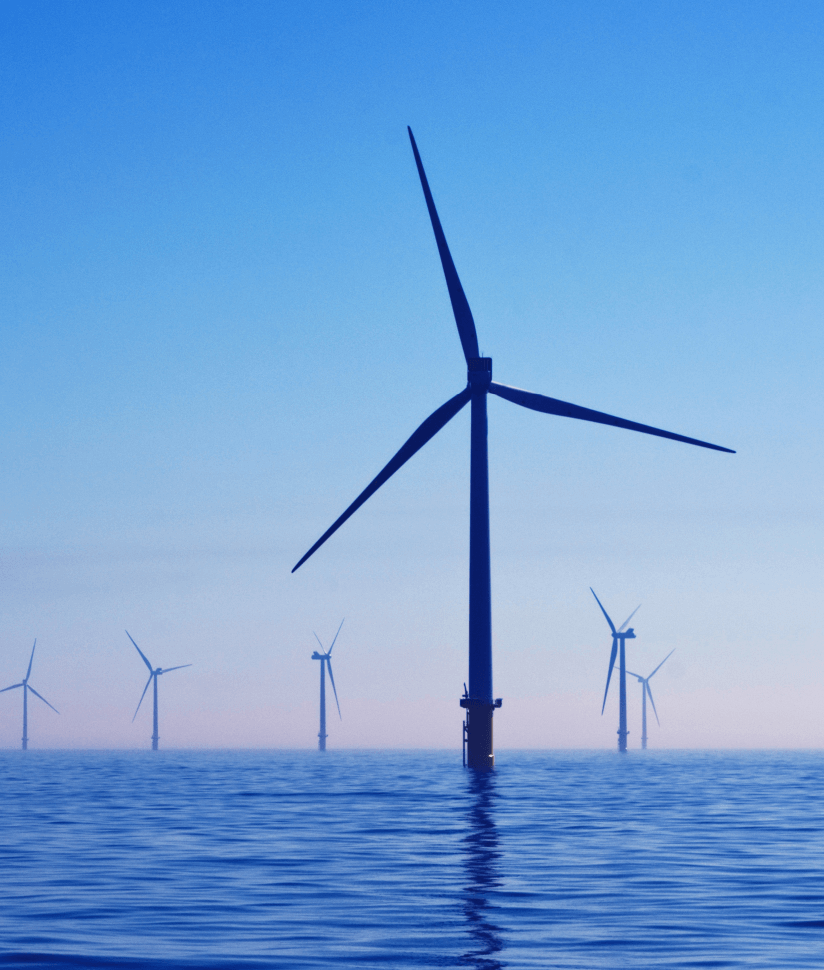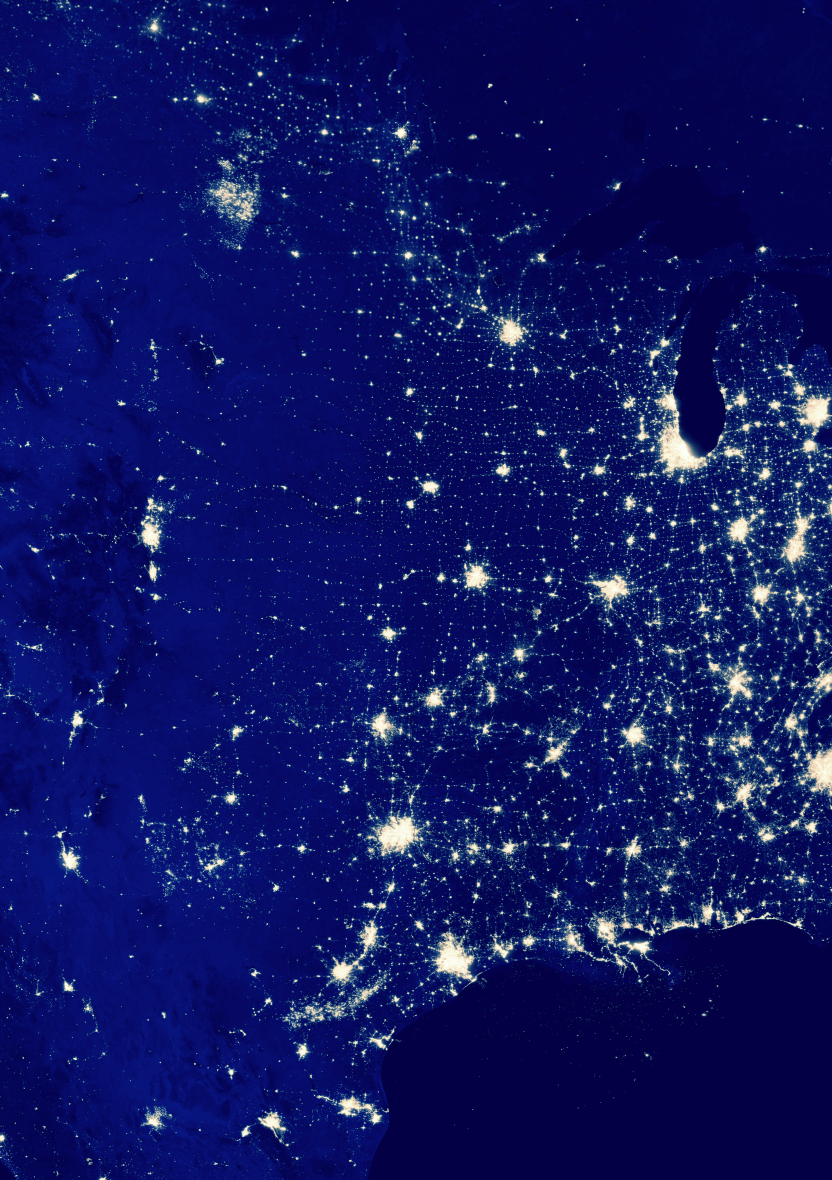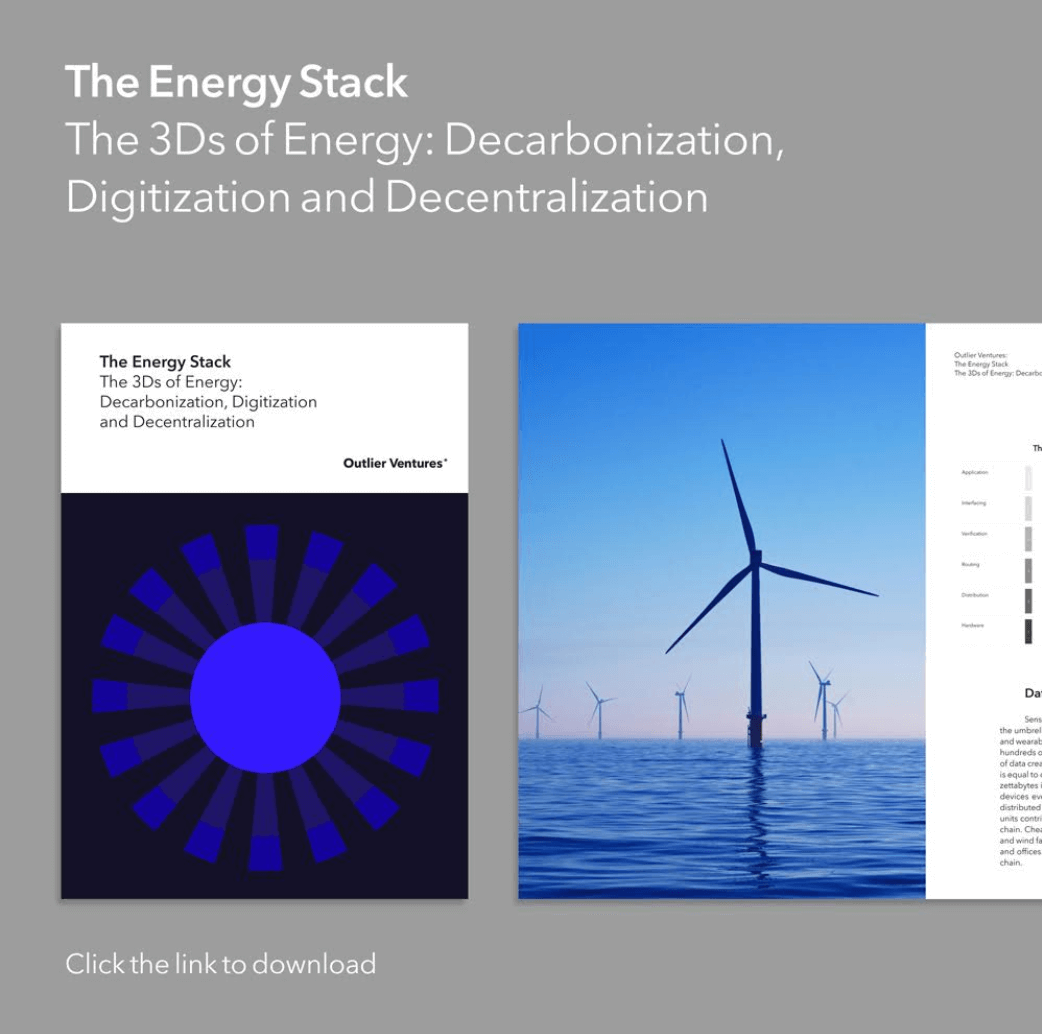The transition to distributed energy
Our modern energy system is failing us. Ever since the industrial revolution, our economy has been powered by non-renewable sources of energy dominated by coal, oil, and natural gas. The economic gains we have made as a society as a result of our extraction and use of these sources of energy have been unparalleled in human history. However, as we have begun to understand the impact our energy system is having on the climate, there is a growing understanding that we must transition to a low-carbon energy system. Put simply, we as a society have prioritized economic growth over the environment.
Even as we begin to understand our negative impact on the environment, global energy demand is expected to rise by 48% by 2040. We must find ways to meet this demand in a low-carbon way. The good news is that renewable sources of energy like solar and wind have drastically reduced in cost to the extent that they are now the same cost or cheaper than the price of power from the energy grid. Cheaper battery storage is making it easier to balance supply and demand, a problem which has until recently limited the use of renewables. As production and distribution of energy changes, so is consumption. The demand for electric cars is forcing energy systems to adapt and redesign how energy is delivered.
Taken together, we are transitioning from a centralized energy system reliant on burning fossil fuels, to a distributed and peer-to-peer system in which renewables are increasingly used. This transition brings with it a whole host of technological challenges that the energy sector has never needed to deal with. For the energy network to adapt it must use the latest data technologies. Sensors connected to the Internet of Things to digitize the grid. Blockchains to track and share data. And artificial intelligence algorithms to optimize and automate the entire energy system. To integrate these advanced data technologies holistically, the energy sector should look to the Convergence Stack as a framework.
Sensors collect data to digitize the grid
The energy infrastructure as a consequence of its reliance on coal, oil, and gas, has struggled to adapt to changing consumer demand. Once electricity passes into our homes, for example, the system loses track of it. As fossil fuels are very slowly phased out, variable renewable energy sources are “plugging” into the grid. Renewable sources such as solar and wind are unpredictable which makes balancing supply and demand a real challenge. We cannot monitor, control, and balance what we cannot measure.
Sensors that measure energy usage like smart meters are the starting point for the creation of a “smart home” and by extension a “smarter grid”. First, they allow data from appliances such as fridges, ovens, lights, and thermostats, as well as electric vehicles to be collected. Secondly, renewable energy production from solar panels and wind turbines can be monitored and combined with battery storage data to balance supply and demand on the network.

Blockchains track and secure data
Once we collect data from IoT sensor networks it needs to be authenticated, validated and secured. Todays existing digital infrastructure stores data in databases with a single-owner and lacks tools to facilitate the effective sharing of data. These databases are often not even encrypted and prone to hacking attempts. The problem gets even worse as more and more of the energy grids are brought online making the entire system more and more susceptible to cyber attacks. As an increasing number of renewable sources and devices equipped with batteries interact in energy networks, the process of energy trading and certifying renewable energy production, it is crucial we support these use cases by using blockchains.
Blockchains are a cryptographically linked list of timestamped records. They can be implemented in different ways depending on the specific needs of the applications. They can be tweaked to prioritize speed, security or decentralization, and maybe different blockchain networks make different trade-offs. Different energy use cases will have different needs, for example, the trading of renewable energy certificates might need to prioritize security while more complex automated transactions using smart contracts will need to prioritise speed. Regardless of the particular configuration, blockchain networks are designed to be interoperable and be foundational data infrastructure tracking and securing data.

Artificial intelligence to optimize the energy system
After collecting and securing the data, the next step is to analyze the data to optimize production and consumption to save both energy and money. DeepMind recently used machine learning algorithms trained on weather forecasts and historical turbine data to predict wind power output 36 hours ahead of generation increasing the value of the energy by around 20 percent. DeepMind didn’t use blockchain-based data so it had to go through the expensive and laborious process of collecting and standardizing all of the data. Projects like Ocean Protocol can make useful energy data easily available to everyone and systems like Fetch.AI can use agents to collect missing data autonomously. With more data and algorithms, the entire energy system can become more efficient; from automatically dimming street lighting, energy surge pricing to disincentivize demand, to automatic selling of excess household energy.
The Convergence Stack provides a framework for understanding the convergence of the IoT, blockchains, and AI and how the energy sector can adopt these new technologies. We must move to a low-carbon economy as fast as we can to avoid the worst climate change predictions. The energy sector must support this transition by upgrading its digital infrastructure. We can no longer afford to wait.
Download our report The Energy Stack here

This article is for information purposes only and does not constitute investment advice. This article does not amount to an invitation or inducement to buy or sell an investment nor does it solicit any such offer or invitation in any jurisdiction.
In all cases, readers should conduct their own investigation and analysis of the data in the article. All statements of opinion and/or belief contained in this article and all views expressed and all projections, forecasts or statements relating to expectations regarding future events represent Outlier Ventures Operation Limited own assessment and interpretation of information available as at the date of this article.
No responsibility or liability is accepted by Outlier Ventures Operations Limited or Sapia Partners LLP for reliance on the contents of this article.
Outlier Ventures is an Appointed Representative of Sapia Partners LLP, a firm authorised and regulated by the Financial Conduct Authority (FCA).